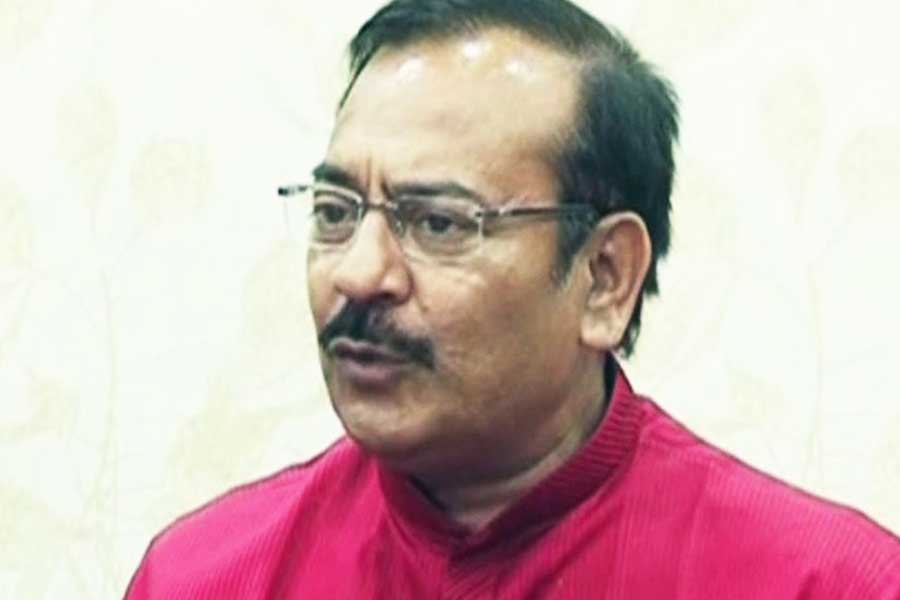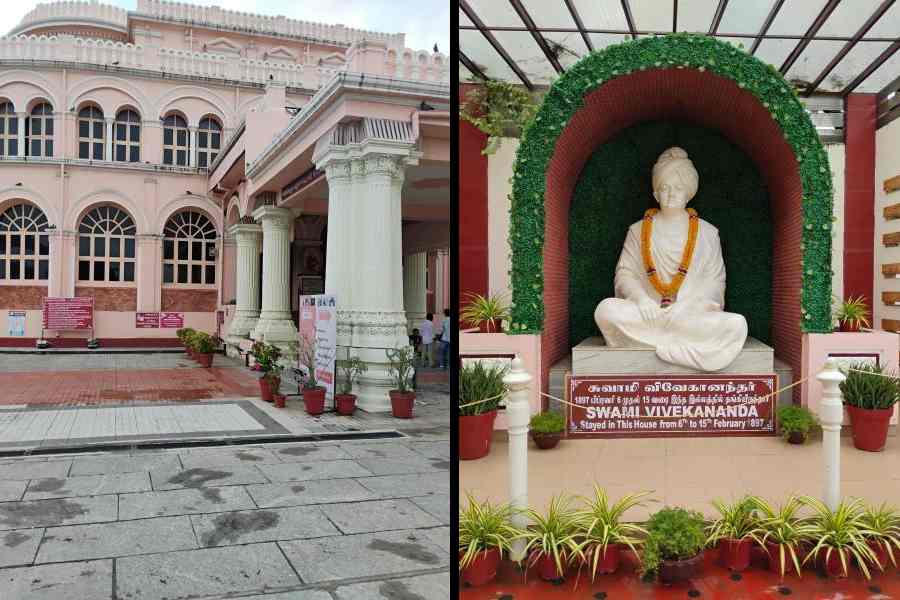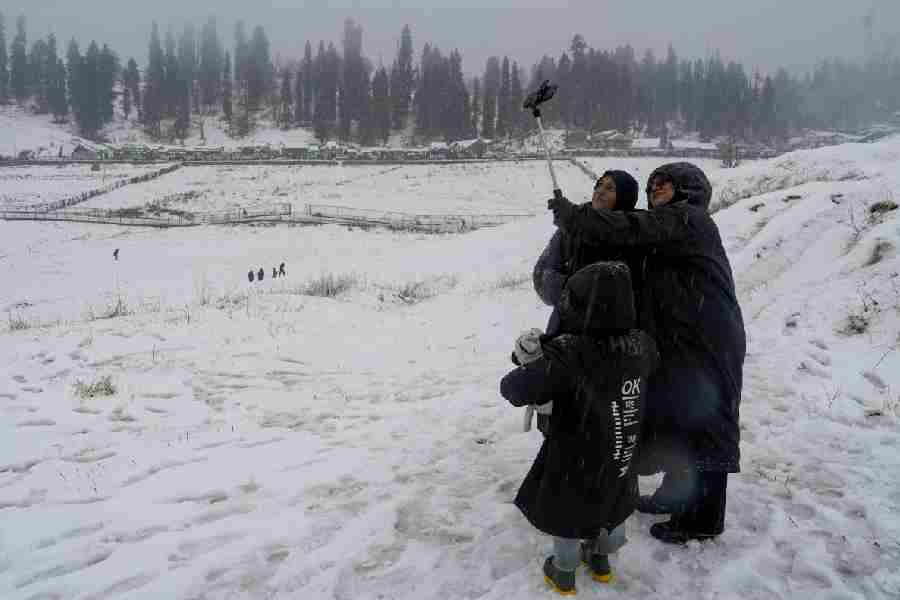 |
| A still from Jyoti Prasad Agarwalla’s Joymoti, which finds ample mention in Das’s book |
Guwahati, March 26: The year was 1975.
The “bad man” of Assamese cinema, Dinesh Das, paced about nervously as Amitabh Bachchan got ready to disfigure him with practised kicks and punches. A make-belief scuffle and loads of tomato ketchup later, the director shouted “cut”.
And with that ended Bachchan’s tryst with Assamese cinema.
Sonti, the film with which Big B was supposed to make his debut in the Assamese film industry, never saw the light of day because of a major tiff between the producer and distributors.
Several such little-known facts about Assamese cinema, laced with anecdotes, cram the pages of Asomiya Filmo Ka Safarnama (The journey of Assamese films), that will hit the stands next month.
Written in Hindi, Asomiya Filmo Ka Safarnama is an attempt by young film critic Azhar Alam to take Assamese cinema to the “national podium”.
“Even though seven decades have passed since Assamese cinema first set foot in the industry, very little is known about it outside Assam. The book is an attempt to draw the attention of the national audience to this highly professional cinema. Hence, I have chosen Hindi, so that I can cater to a wide section of film connoisseurs across the country,” the author said.
Alam began doing his rounds of the archives and studios to exhume rare anecdotes about the film Assamese industry in 1996.
The book is almost complete now and will be released by Bhupen Hazarika next month. “I am planning to translate it into English and some major regional languages of the country,” Alam said.
And if pre-release reviews are anything to go by, Asomiya Filmo Ka Safarnama is already a hit. “The book is an in-depth study on Assamese cinema. It brilliantly brings to light lesser-known aspects about the Assamese film industry. Moreover, since it is written in lucid Hindi, it will definitely help in taking Assamese cinema to readers across the country,” said veteran film critic Pabitra Kumar Deka. The 200-page book is divided into 34 chapters. Be it the story behind the making of Joymoti, or the life and work of Nipon Goswami, the actor who holds the record of featuring in highest numbers of Assamese films, the book is a true ode to Assamese cinema.
But Alam does not stop there. His book is a mini thesis on cinema, touching on subjects like “Romance and nudity in Assamese films, The importance of music in Assamese films, Legendary Assamese films which were lost forever,” and “Legends of Assamese cinema,” to name a few.
“As a film student and critic, I have selected six Assamese film personalities whose works and contribution shaped the industry,” said Alam.
“They are Jyoti Prasad Agarwalla, the harbinger of Assamese cinema, the greatest entertainer of Assamese cinema director Brojen Baruah, legendary balladeer and director Bhupen Hazarika, first Assamese female actor Aideu Handique, who featured in the title role of Joymoti, the father of art cinema, Bhabendranath Saikia, and internationally-acclaimed director, Jahnu Barua”.
Besides the stalwarts, it is the spirit of Assamese cinema that Alam seeks to salute through his book.
“The most fascinating aspect about Assamese film industry is its struggle to fight all odds and still make world class cinema. The industry has seen all kinds of seasons. But the industrywallahs are bravehearts because of their spirit to fight all constraints and still manage to give connoisseurs some great visual treat,” said Alam.
“I will leave no stone unturned to promote Assamese cinema through the book,” signed off the 32-year-old critic.










